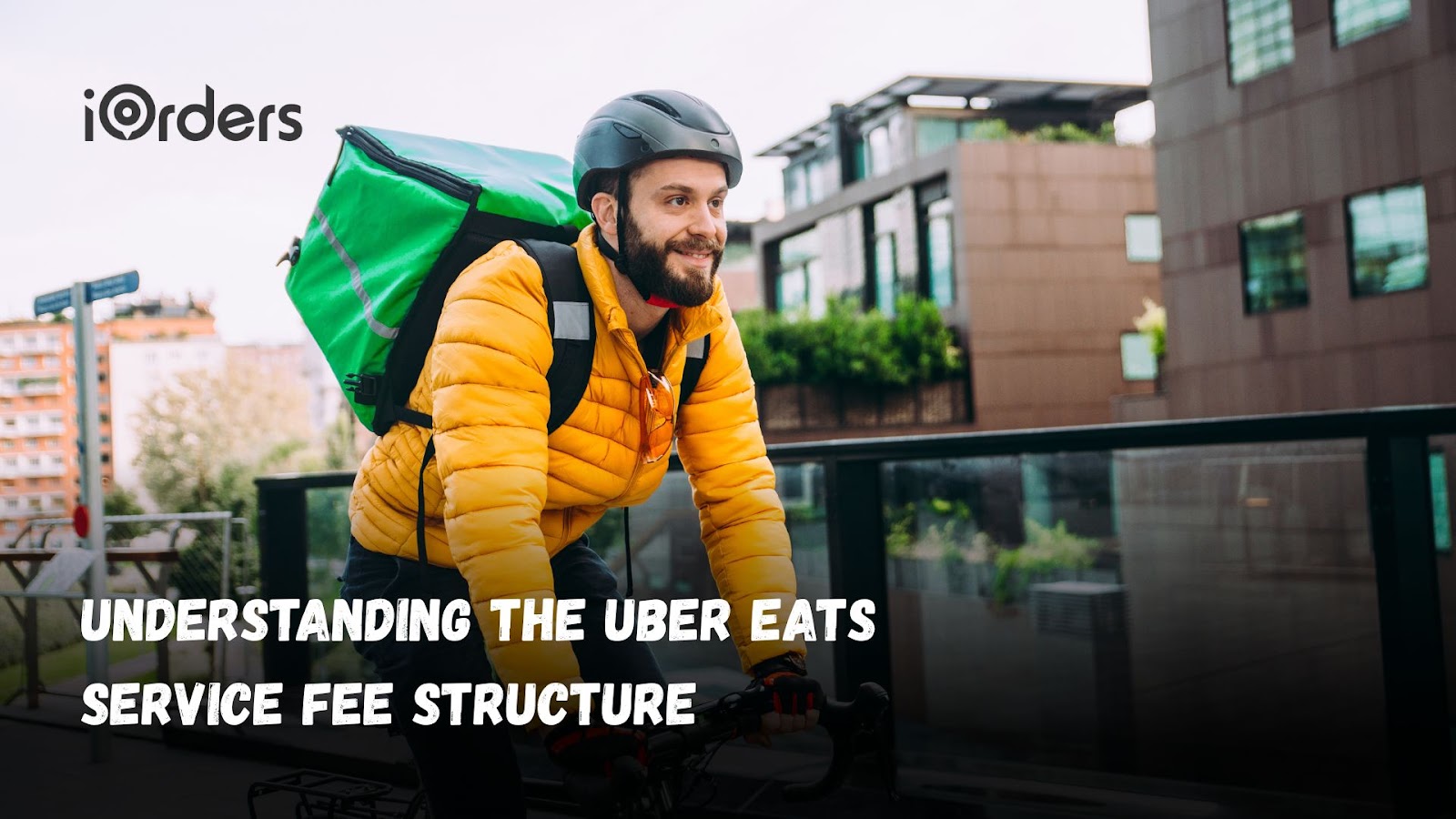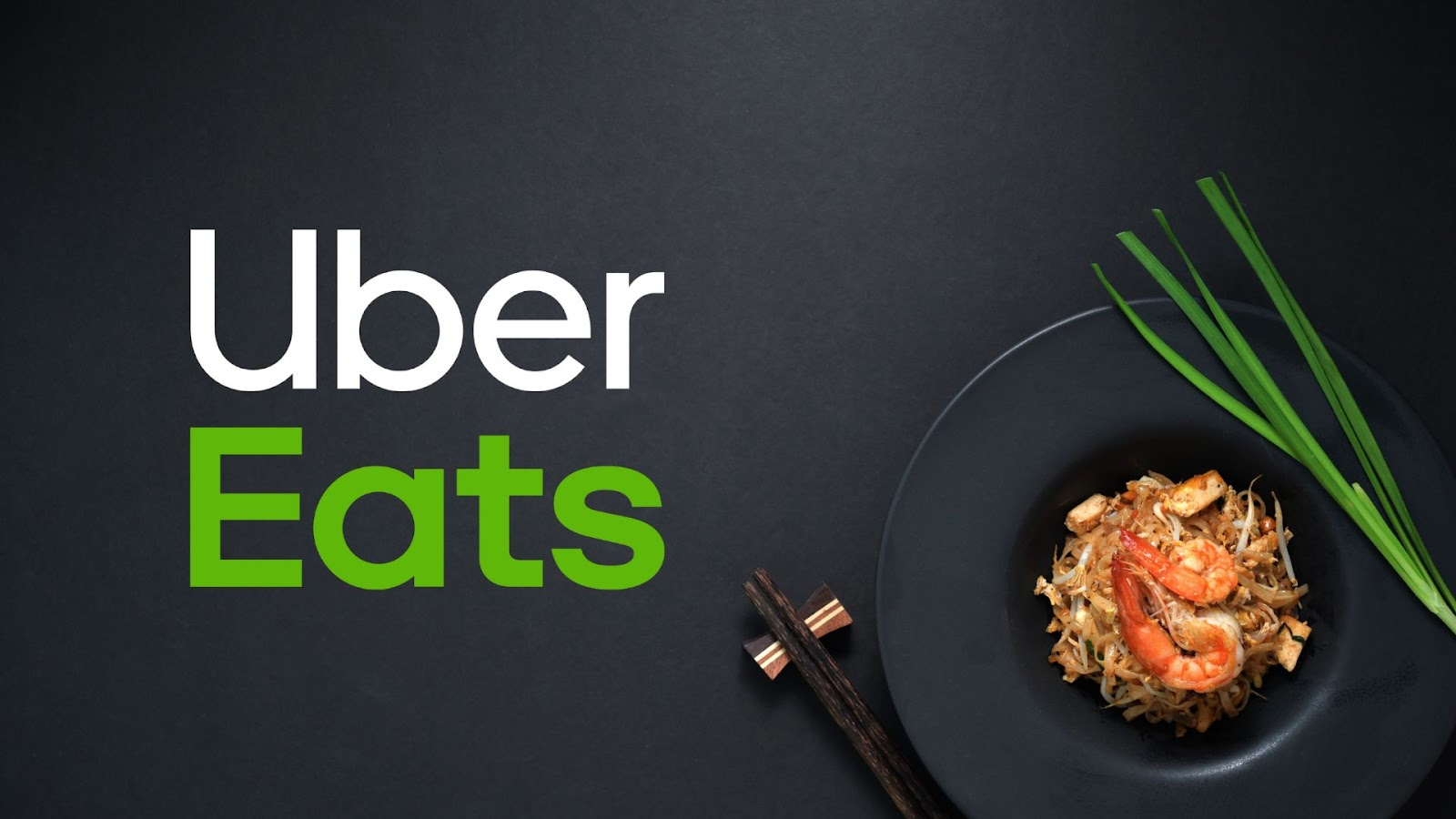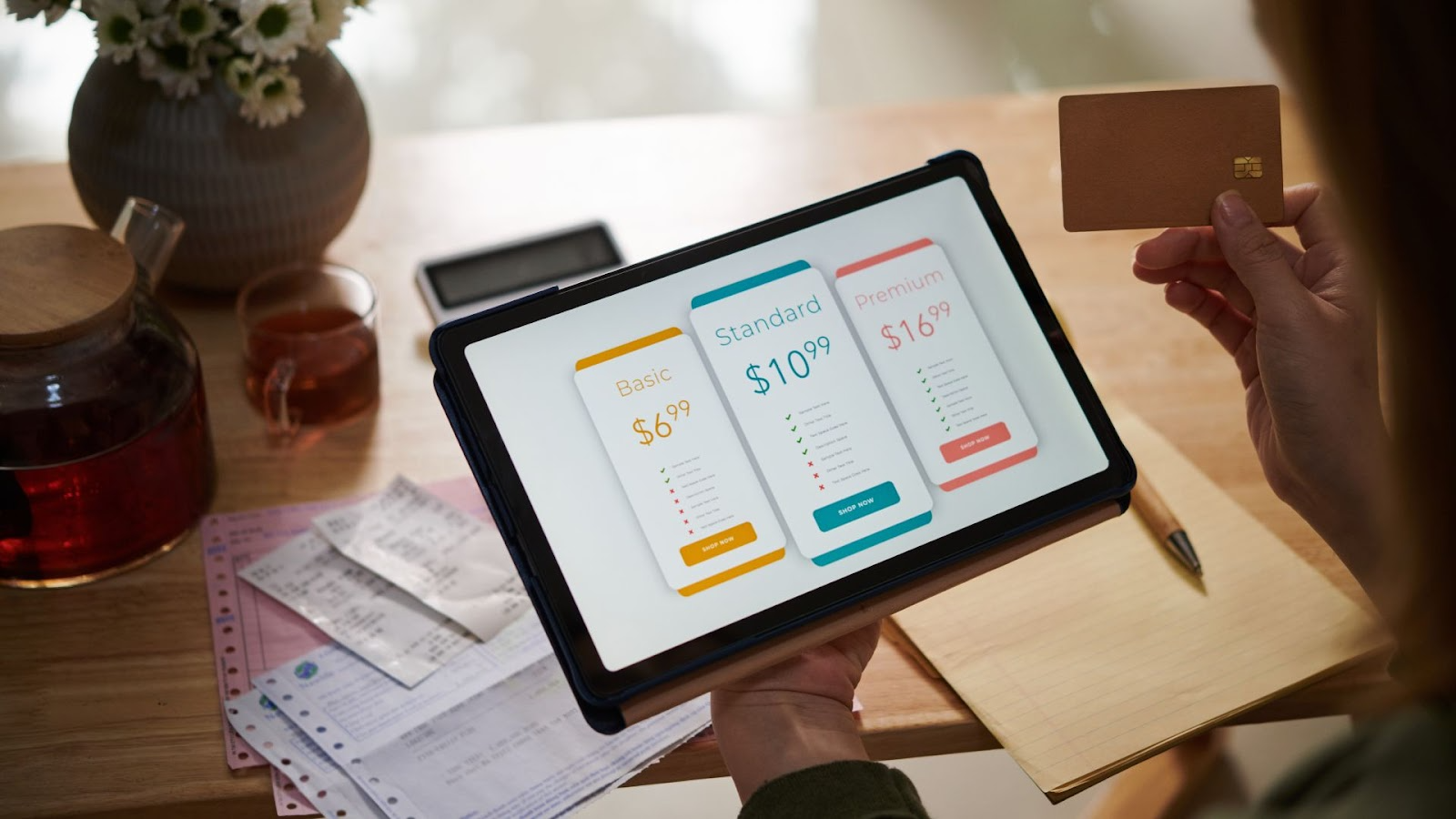September 25, 2025

Running a restaurant means balancing food quality, customer satisfaction, and operational costs. One significant cost that can eat into your margins is the service fee Uber Eats charges for orders placed on its platform.
Uber Eats service fees vary by plan, delivery options, and service type, so consider these costs carefully when choosing between Uber Eats and other ordering options to retain more revenue.
In this blog, we’ll explain the Uber Eats service fee structure, how the platform works, and its impact on your revenue. We’ll also compare Uber Eats' marketplace and direct-order options to help you better manage costs.
Key Takeaways:

Uber Eats is a delivery marketplace that connects restaurants, customers, and couriers through its app and website. As a restaurant, you can offer both delivery and pickup options via Uber Eats, or handle delivery yourself while still being listed on the platform.
Two terms to know right away:
We will now illustrate these fees with a clear example in the section below.
1. Sign up & pick a plan: Register on Uber’s merchant site, add your bank details, and select a plan that suits your commission and feature access needs.
2. Add your menu: Upload items and prices, and choose delivery or pickup availability.
3. Pick a delivery mode: Use Uber couriers or your own drivers.
4. Accept orders. Orders appear in the merchant dashboard (Uber Eats Manager). Confirm, prepare, and mark ready.
5. Payouts & fees. Uber deducts the service fee and commission, then sends payouts (typically weekly; faster options exist in some areas).
Now that we’ve covered the basics of Uber Eats, it’s time to go over the costs that come into play whenever a customer orders through the app.

To make it clearer, we’ll use a $50 order example to show how the charges are divided between you and the customer. Use this as a quick reference when comparing marketplace orders to orders made on your own site.
Note: Marketplace fees typically bundle many platform costs; ads are optional and set by you.
Quick note: On a $50 sale, the Premium marketplace example leaves about $31.50 after commission and ads. The Webshop example leaves about $48.55 if you avoid ads and use Uber’s 2.9% processing fee (for Canada). Use these numbers to compare marketplace versus direct orders.
Uber displays dynamic delivery and service fees based on location, time, order size, and whether the merchant uses Uber delivery or self-delivery. Final costs are shown at checkout.
Use the sample tables above to check your merchant statements. If your goal is to achieve steadier per-order costs and direct payouts, consider testing direct orders and tracking the actual difference on similar sales.
Now, let’s look at how Uber Eats plans and fees work for your restaurant.
Also Read: Understanding Uber Eats Restaurant Payments

Understanding the various plans and fee structures offered by Uber Eats can help you choose the best option for your business based on your goals, budget, and desired level of exposure.
This is the lowest-cost marketplace option. Your business appears in the app, and customers can order delivery or pickup through Uber Eats.
If you're looking for a low-fee way to be listed in the app and accept orders without significant marketing boosts, this plan is a good fit. You control menu pricing, allowing you to keep more of each sale compared to higher tiers.
This shows the per-order cut the platform takes under Lite.
This plan raises your visibility inside the app. Uber shows these restaurants more often to potential customers and may use promotions or lower delivery fees to attract orders.
If you're looking to acquire more new customers from the app and are willing to pay a higher percentage for that reach, this plan is a common choice.
Use this to compare how much extra you pay for added exposure.
This tier gives the most app visibility and extra promotional support (for example, ad-match credits or placement benefits in some markets).
Choose this option if you're willing to pay more for the highest in-app exposure and marketing credits, which can help drive new customers quickly.
Compare this with Lite and Plus to understand the trade-off between fees and reach.
You accept orders through the Uber Eats app but use your own drivers or staff to deliver. This gives you more control over delivery timing and customer experience.
If you want payments routed to your account more directly and prefer keeping delivery costs predictable, this option lowers reliance on the platform’s drivers while keeping your listing active.
Plan for the higher number when you might need Uber’s network as backup.
Rates and small add-on fees can vary by city and by whether an order is on an “Uber One” promotion or other special program. Running the simple math above on your average order value shows quickly which plan makes sense for your margins.
While you can't avoid all fees, you can reduce them. Let’s discuss some strategies to help you lower costs.
Also Read: Why Food Costs More on Uber Eats Than In-Restaurant

You won’t avoid all fees, but there are ways to lower costs while keeping the support Uber offers:
1. Encourage pickup orders whenever practical: Pickup orders cost you only about 6 % in commission. That’s much lower than the 15–30 % you pay on delivery.
2. Do your own deliveries when possible: If you have a reliable local delivery, using your own team means a flat 15 % commission. That’s lower than using Uber’s delivery network. Plus, you still get app presence and toolbox features.
3. Use bundled offers to raise order size: Larger order totals reduce the impact of fixed or percentage fees. If you bundle a meal with a drink or side offer, each order brings in more net revenue that better offsets fees.
4. Combine Uber Eats with your own ordering system: Use Uber Eats to bring in new customers. At the same time, drive repeat customers to your own site or app. You avoid commissions entirely on those direct orders.
5. Track fee impact and switch when needed: Start with the Lite or Plus plan to test volume. As you grow, moving to Premium gives better visibility. Then use insights to shift regulars to your own ordering channel to keep more revenue.
By combining these steps, you keep more of each sale, stay visible where customers search, and build a steady stream of repeat orders on your own terms.
While these strategies help you minimize fees and boost your earnings on Uber Eats, there are even more powerful tools to take complete control of your costs and maximize profitability.

Many restaurants see large slices of every order disappear before the food even reaches the door. That hurts your profits and makes pricing decisions harder. That’s why it's worth knowing about iOrders.ca, a platform that helps you sidestep those high marketplace fees.
With iOrders, you get:
By switching to iOrders, you control the menu, the pricing, and the customer data, not a third party. Payments go straight to your account, and its fixed-cost model avoids surprise charges and lengthy contracts.
Also Read: Take Control of Your Restaurant’s Online Ordering with iOrders
Uber Eats offers a range of service fees and commissions, with various plans designed to fit different restaurant needs. Understanding the breakdown of these charges, from delivery commissions to optional ads and promotions, can help restaurants make informed decisions. The premium service fees can add up quickly, especially for delivery orders, while using direct ordering through a personal website can offer greater profitability.
Moreover, strategic decisions like encouraging pickup orders or managing your own delivery services can effectively lower costs. By balancing platform exposure and fee structures, restaurants can optimize their presence on Uber Eats while maintaining a healthy profit margin.
For restaurants aiming to reduce dependence on third-party platforms, iOrders offers a solid alternative. With commission-free online ordering, delivery-as-a-service, and integrated POS systems, iOrders allows you to control your business’s revenue and customer experience directly.
Book a demo today to explore how iOrders can streamline your operations and boost your bottom line.
1. Can I negotiate a lower commission or get custom terms with Uber Eats?
Yes, many restaurant partners (especially higher-volume or multi-location ones) can request custom pricing or deals by speaking with an Uber sales rep; bring order volume and performance numbers to improve your chances.
2. How do refunds, cancellations, and chargebacks affect my payouts?
Chargebacks and some refunds can be deducted from your payout; who is responsible often depends on why the order failed and whether you used your own drivers or Uber’s network.
3. Does Uber Eats collect and remit sales tax (GST/VAT) for my orders?
That varies by country and local law in places with marketplace-facilitator rules; Uber may collect and remit taxes, while in other areas, the platform may pass tax items back to you to report. Check your Eats Manager tax settings for the exact treatment in your jurisdiction.
4. Am I allowed to set different menu prices on Uber Eats than in my restaurant?
Yes, while menus default to the same price, Uber’s merchant tools let you create separate prices or items for delivery versus pickup if you want to offset platform costs or run targeted offers.
5. Do customer tips change what I pay Uber or affect my merchant fees?
Tips are handled separately and are not charged platform service fees; they are passed to delivery partners and generally don’t increase your commission, though they may appear separately on payment reports.